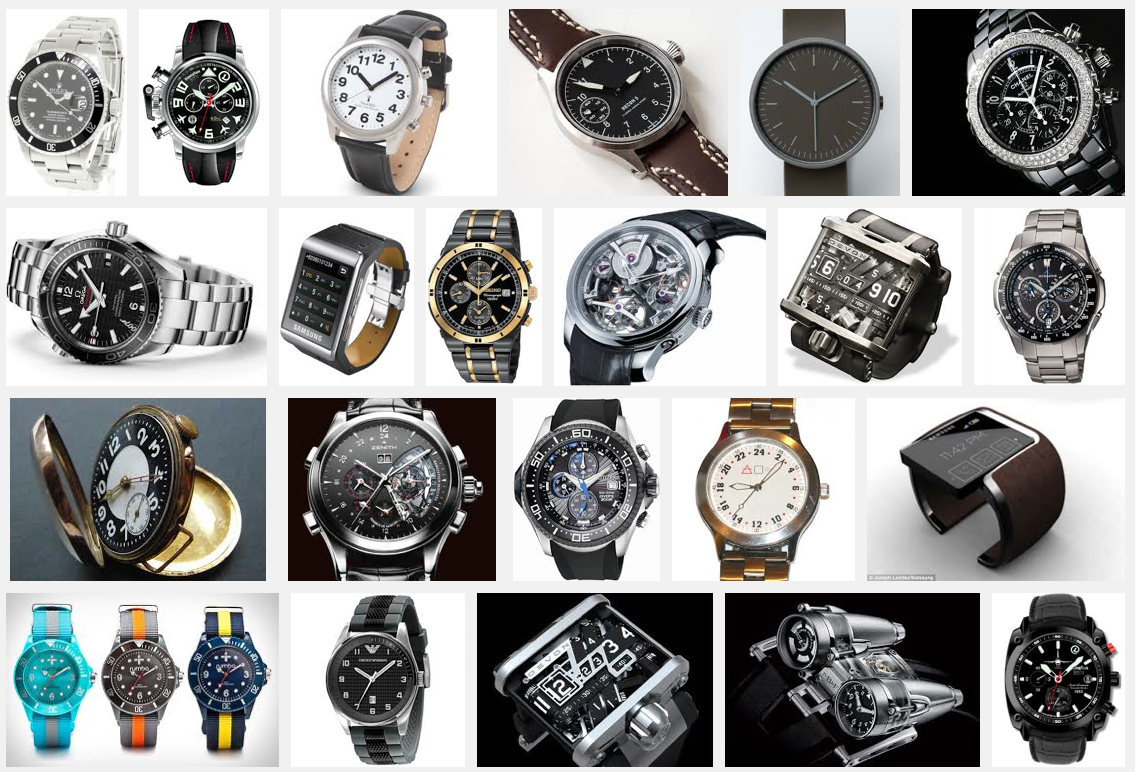A Spontaneous Form
It therefore seems that a thing made with precision is also beautiful, and the study of natural and spontaneous forms is of the highest importance to the designer, whose habit it is to use materials according to their nature and their technical characteristics. He does not use iron where wood would suit better, or glass when the logical thing would be plastic.
The designer of course does not operate in nature, but within the orbit of industrial production, and therefore his projects will aim at a different kind of spontaneity, an industrial spontaneity based on simplicity and economy in construction. There are limits of how far simplicity of structure can be taken, and it is exciting to push things to these limits. One sees how many different imitations are made of a spontaneous object, all inferior to the original, as if they were preliminary studies made in the course of arriving at the simple form.
Taken from “Design as Art” by Bruno Munari.
This connects with the idea of this “family of objects”, and how in a sense they look like produced by some genetic algorithm where some mutations (desperatly) try to bring the object into its “most attractive” form.
